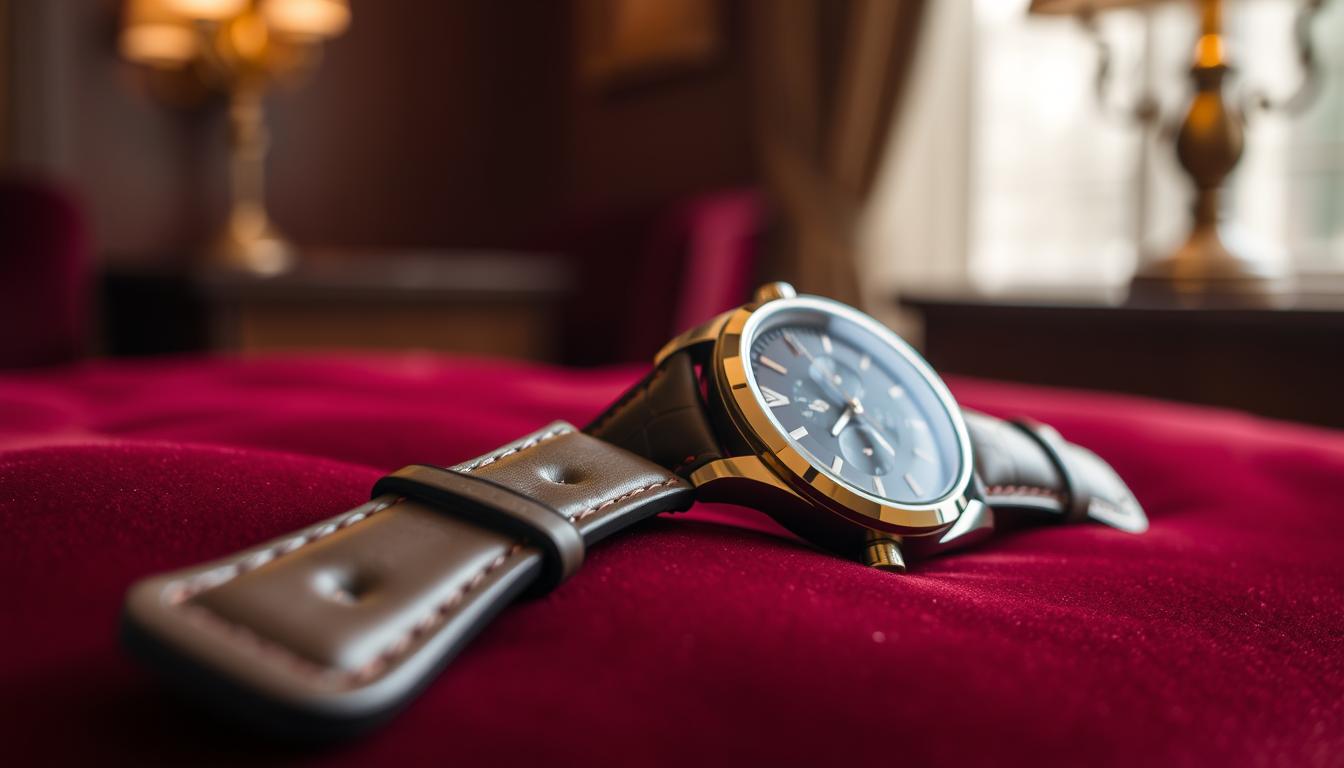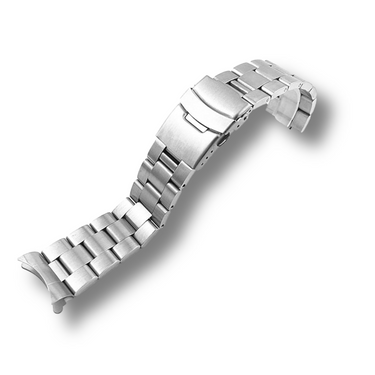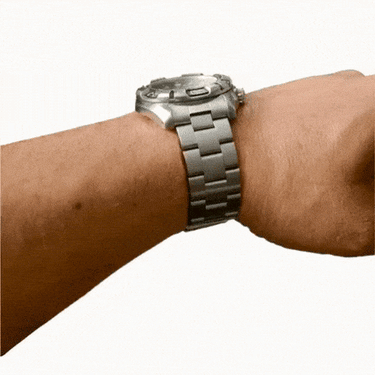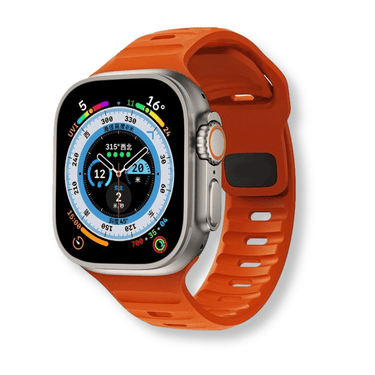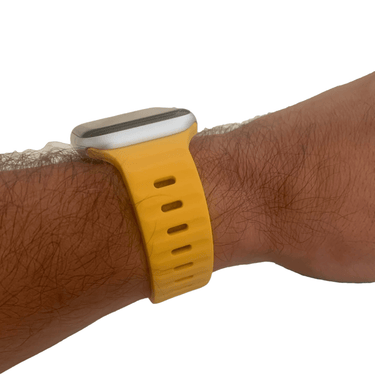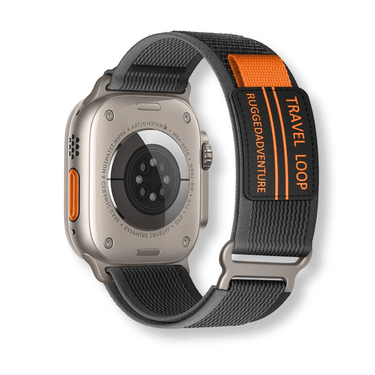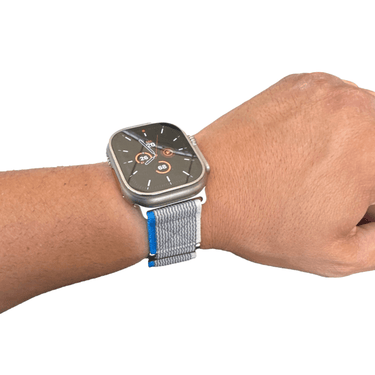Selecting the right accessory for your luxury timepiece has never been more nuanced. What once involved straightforward measurements now requires understanding intricate design elements and technical specifications. Modern models demand attention to details beyond basic sizing, blending engineering precision with aesthetic refinement.

The days of relying solely on case dimensions have passed. Today’s standards involve analyzing movement-specific requirements and proprietary attachment systems. These changes reflect evolving craftsmanship but create challenges for enthusiasts seeking perfect harmony between form and function.
Thomas, founder of watchband.direct, brings years of expertise in matching premium accessories to high-end timepieces. His Germany-based team combines technical knowledge with a curated selection of bands, prioritizing both style adaptability and wearer comfort across European markets.
Key Takeaways
- Modern compatibility depends on multiple technical factors beyond basic measurements
- Proper selection prevents damage to valuable timepieces and ensures secure fit
- Movement types significantly influence band requirements in current models
- Attachment mechanisms vary between collections and affect customization options
- Expert guidance helps navigate complex specifications for ideal pairings
- Premium materials enhance both durability and aesthetic harmony
Introduction: My Journey with Watch Bands
What began as a fascination with mechanical artistry evolved into a mission to redefine accessory pairings. Luxury timepieces deserve companions that enhance their essence rather than diminish their impact.
A Founder's Perspective on watchband.direct
Building this company stemmed from recognizing a gap between premium craftsmanship and accessible customization. Our team prioritizes three non-negotiable principles: material excellence, rapid European delivery, and personalized guidance.
| Customer Priority | Industry Standard | Our Approach |
|---|---|---|
| Material Quality | Mass-produced options | Handpicked premium hides/metals |
| Shipping Speed | 2-3 week waits | 5-day delivery guarantee |
| Expert Support | Generic sizing charts | Model-specific recommendations |
Why This Brand Remains a Favorite
Certain designs command respect through their heritage and engineering. The blend of Italian naval heritage and Swiss precision creates instruments that demand equally thoughtful pairings. Over 400 test combinations revealed how subtle variations in texture and thickness affect both aesthetics and comfort.
Maritime-inspired details and bold silhouettes require bands that balance robustness with refinement. This synergy transforms functional accessories into storytelling elements, reflecting the wearer’s appreciation for legacy and innovation.
Understanding Panerai Watch Bands and Their Evolution
The transformation of luxury timepiece accessories mirrors advancements in both engineering and design philosophy. Early models prioritized rugged functionality, while modern iterations blend heritage elements with cutting-edge materials. This progression demands careful consideration when selecting complementary components.

Design Shifts Through Generations
Original models featured thick vegetable-tanned leather that matched their maritime roots. These 22mm-wide straps emphasized durability over flexibility, creating a distinct silhouette. Contemporary collections introduced:
- Titanium mesh for reduced weight
- Thermoplastic rubber resisting saltwater corrosion
- Exotic leathers with reinforced stitching
Buckle Innovations Over Time
Early fastening systems used simple tang mechanisms before evolving into complex deployant clasps. The 2010 overhaul introduced oversized buckles inspired by historic naval tools. As Thomas from watchband.direct notes: "Modern wearers benefit from improved safety mechanisms without sacrificing vintage charm."
Recent models combine quick-release spring bars with classic styling cues. This dual approach allows seamless transitions between dress and sport configurations while maintaining visual coherence. Understanding these technical milestones ensures accessories enhance rather than compromise your timepiece's legacy.
Materials, Styles, and Construction Techniques
The foundation of any enduring timepiece accessory lies in its material composition and craftsmanship. Modern luxury demands solutions that withstand daily wear while elevating visual impact through thoughtful design choices.

Premium Material Selection
Four core materials dominate high-end accessory design. Vegetable-tanned leather remains the gold standard, with calfskin offering rugged resilience for daily use. Exotic options like alligator provide distinctive texture patterns that age beautifully over decades.
| Material | Durability | Style Profile | Best For |
|---|---|---|---|
| Steel | Exceptional | Formal/Retro | Dress occasions |
| Silicone | High | Sporty | Water activities |
| Nylon | Moderate | Military | Casual wear |
| Leather | Variable | Versatile | Daily rotation |
Harmonizing Practical Needs
Steel bracelets bring timeless elegance but require precise engineering to match specific case designs. Thomas from watchband.direct advises: "Consider climate and activity levels first. Humid environments favor silicone, while temperate zones allow leather's natural breathability to shine."
Advanced construction methods address common wear issues. The rembordé technique reinforces edges through folded leather sealing, doubling strap lifespan. Reinforced stitching patterns distribute weight evenly across larger cases.
NATO-style nylon options deliver lightweight comfort without sacrificing military-inspired aesthetics. Each material's strengths become apparent when paired with intentional use cases - proving that premium accessories deserve strategic selection.
Panerai watch band compatibility guide
Matching accessories to high-end instruments involves solving an engineering puzzle. Thomas from watchband.direct explains: "True harmony requires analyzing seven technical factors simultaneously." His team's database tracks 120+ specifications across collections, transforming complex data into actionable advice.
Technical Specifications Decoded
Modern models follow patterns with intentional exceptions. While most 44mm cases use 24mm lugs, special editions might require 22mm connections. The table below reveals critical relationships between popular lines and their accessory requirements:
| Collection | Case Size | Lug Width | Buckle Type | Material Considerations |
|---|---|---|---|---|
| Luminor | 44mm | 24mm | Pre-V bottle opener | Reinforced leather/silicone |
| Radiomir | 47mm | 26mm | Wire loop | Thin calfskin/rubber |
| Due | 40mm | 22mm | Tang | Exotic leathers |
| Vintage | 42-45mm | 23mm | Spring bar | Vegetable-tanned hides |
Movement types dictate buckle designs more than aesthetics. In-house calibers demand oversized clasps to balance proportions, while third-party movements accommodate slimmer profiles. Limited editions often introduce proprietary attachments requiring custom solutions.
Owners of rare pieces benefit from professional fitting services. These specialists cross-reference model numbers with historical archives and modern material innovations. The goal? Preserve heritage while ensuring daily wearability.
Measuring Lug Width and Case Size for a Perfect Fit
Precision measurement separates temporary fixes from lasting solutions in luxury accessories. Thomas from watchband.direct emphasizes: "A 0.5mm error can mean the difference between secure attachment and costly damage." His team developed a three-step verification process combining digital tools with manual checks.
How to Accurately Measure Lug Width
Use professional calipers for exact readings between spring bars. Place the tool perpendicular to the case, measuring the gap where the strap connects. For quick checks, a ruler's millimeter markings work if aligned carefully.
Watch-end and buckle-end widths often differ slightly. Document both measurements to avoid ordering errors. Even 1mm variations matter - especially with premium materials that lack flexibility.
Case Dimensions: Beyond Diameter
Thickness impacts how bands sit against your wrist. Slimmer cases pair better with tapered straps, while bulkier designs need reinforced construction. Consider these factors when selecting materials:
| Measurement | Tool | Tolerance | Impact |
|---|---|---|---|
| Lug width | Digital caliper | ±0.2mm | Secure attachment |
| Case thickness | Micrometer | ±0.5mm | Comfort level |
| Wrist circumference | Tailor's tape | ±1cm | Band length |
Record your model number and compare it against manufacturer specifications. This prevents mismatches caused by subtle design changes between production years. For rare pieces, professional measurement services provide peace of mind through certified documentation.
Step-by-Step Guide to Changing Your Panerai Strap
Customizing luxury accessories requires precision and care. Thomas from watchband.direct shares proven methods refined through hundreds of successful installations. Follow these expert-approved steps to refresh your timepiece while protecting its integrity.
Essential Tools and Safety Tips
Begin with a clean workspace and proper equipment. Use spring bar pliers with non-marring tips to prevent case scratches. A microfiber cloth protects surfaces during adjustments. Thomas advises: "Always work over soft padding – one slip could damage delicate components."
Check lug width measurements twice before starting. Incorrect sizing strains spring mechanisms. For vintage models, apply silicone lubricant to stubborn pins. Never force connections – reassess your approach if resistance occurs.
Techniques: Wire Loop, Spring Bar, and Quick Release Systems
Wire loop systems demand steady hands. Insert the tool at 45 degrees, applying even pressure until hearing a soft click. Modern quick-release designs simplify swaps but require matching lug dimensions. Verify 1mm clearance between strap ends and case for smooth operation.
When reusing buckles, inspect clasp springs for tension loss. Thread new straps carefully through polished surfaces to avoid abrasions. For optimal results, test security by gently tugging after installation. Proper technique preserves both aesthetics and functionality for years of refined wear.
FAQ
How do I measure my Panerai’s lug width accurately?
Use digital calipers to measure the distance between the lugs in millimeters. If unavailable, check the caseback engraving or consult your model’s specifications online. Most modern Panerai watches use 24mm or 26mm widths.
Are Panerai straps interchangeable between Luminor and Radiomir models?
Compatibility depends on lug width and case design. While some 42mm Luminor straps fit Radiomir models, always verify measurements. Vintage pieces may require specialized attachments due to spring bar variations.
Do quick-release systems work with all Panerai watch bands?
Only newer straps designed with quick-release mechanisms support tool-free changes. For older models, use spring bar tools cautiously to avoid scratching the watch case during strap replacement.
Can I use third-party bands with my Panerai timepiece?
Yes, if the lug width matches and the strap uses compatible attachments. Ensure aftermarket options maintain the brand’s signature steel or leather quality to preserve aesthetics.
How does case size affect strap selection?
Larger cases like the 47mm Submersible demand thicker, reinforced materials for balance. Slimmer 38mm models pair better with tapered leather straps to avoid overwhelming the wrist.
What materials handle saltwater exposure best?
Opt for silicone or vulcanized rubber straps with corrosion-resistant buckles. Avoid untreated leather, which degrades in moisture. Panerai’s Sportech line offers ocean-ready durability.
Where can I find my watch’s model number for compatibility checks?
Locate the alphanumeric code engraved on the caseback or reference paperwork. Cross-reference this with Panerai’s official compatibility guides or consult authorized dealers for vintage pieces.












